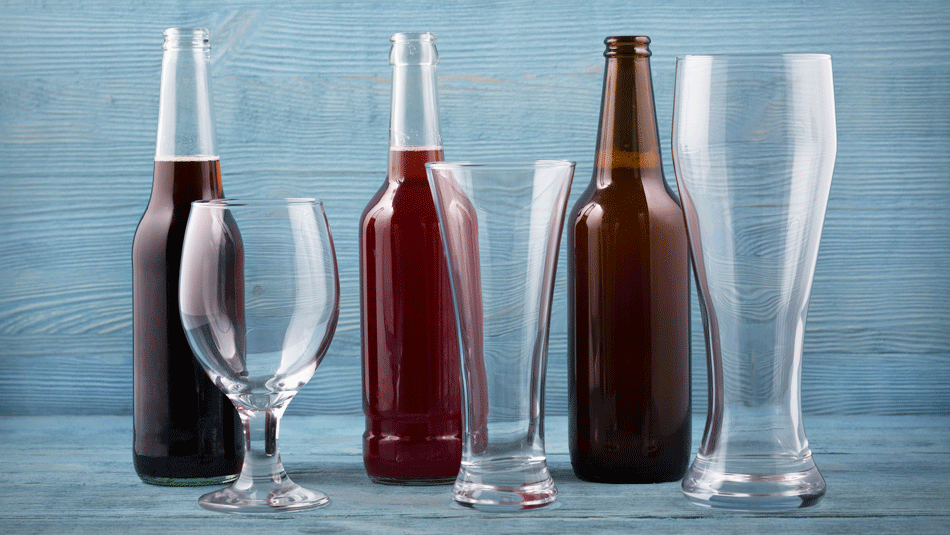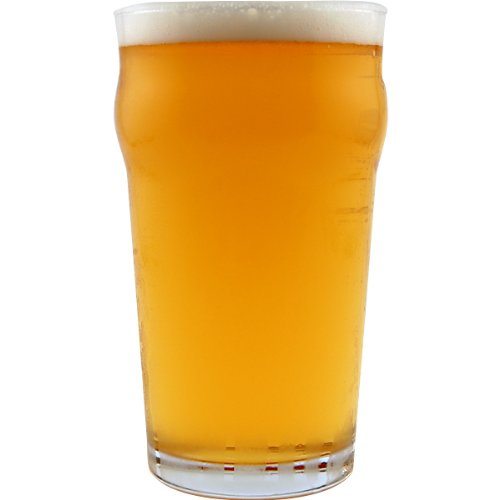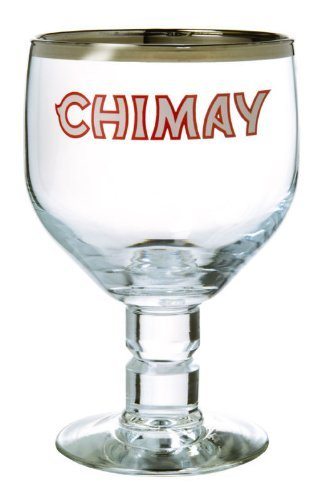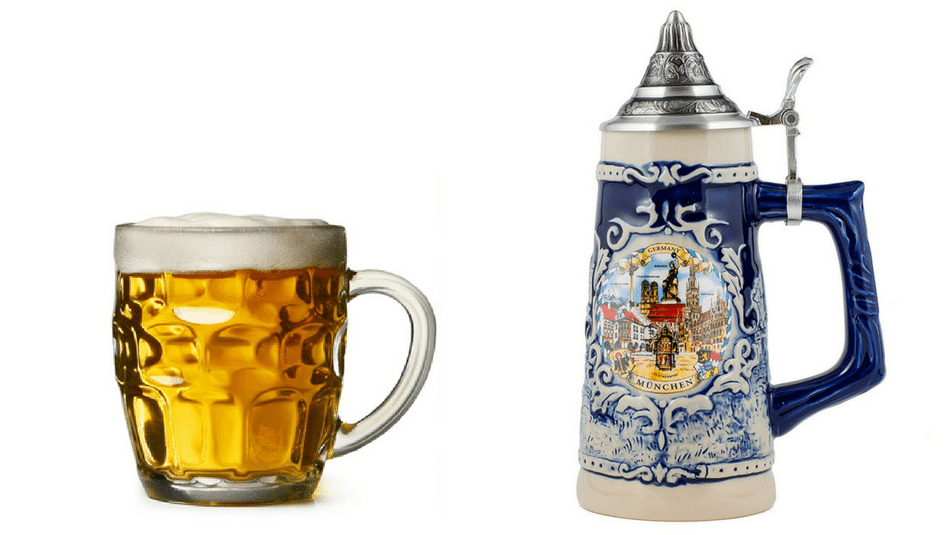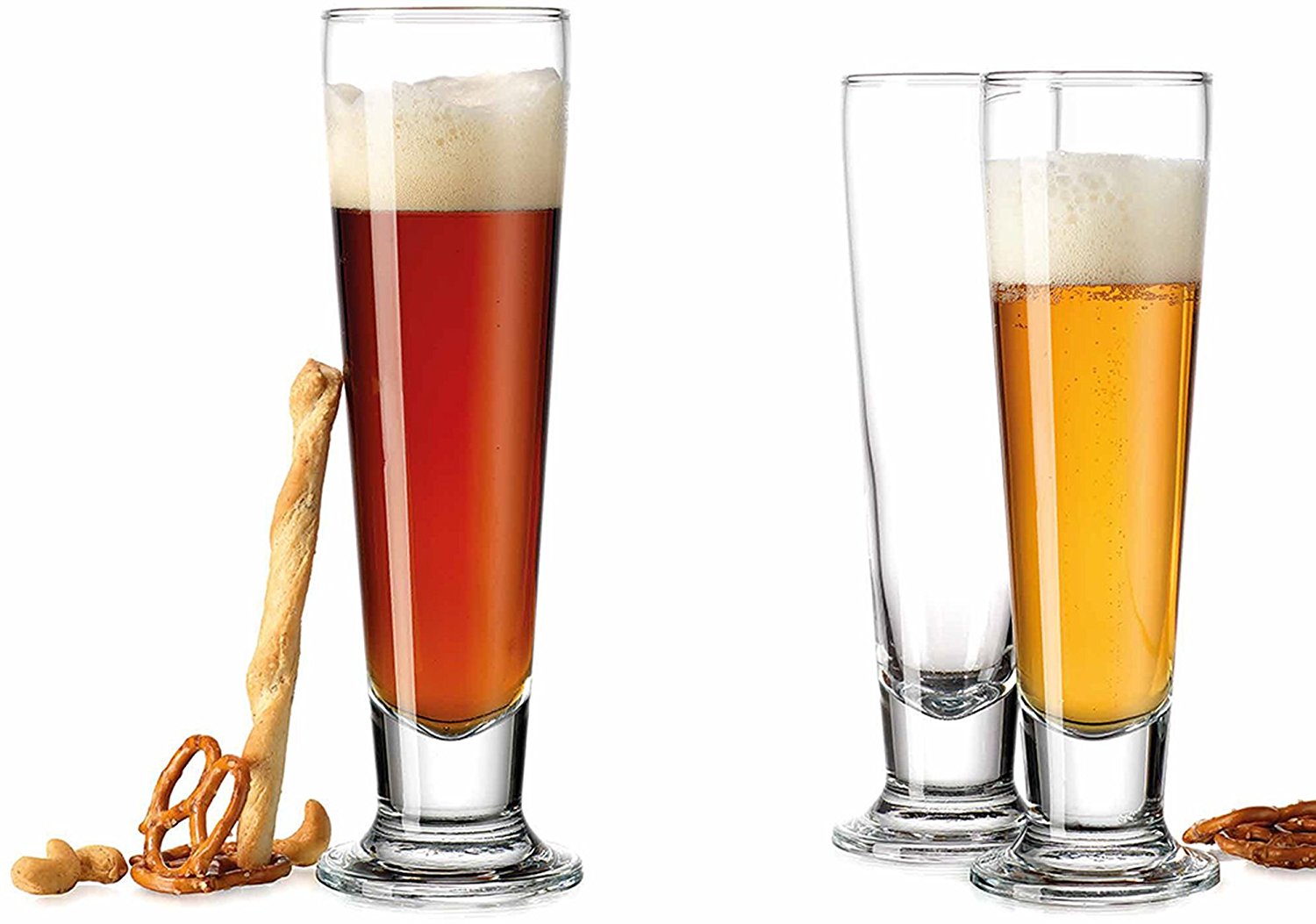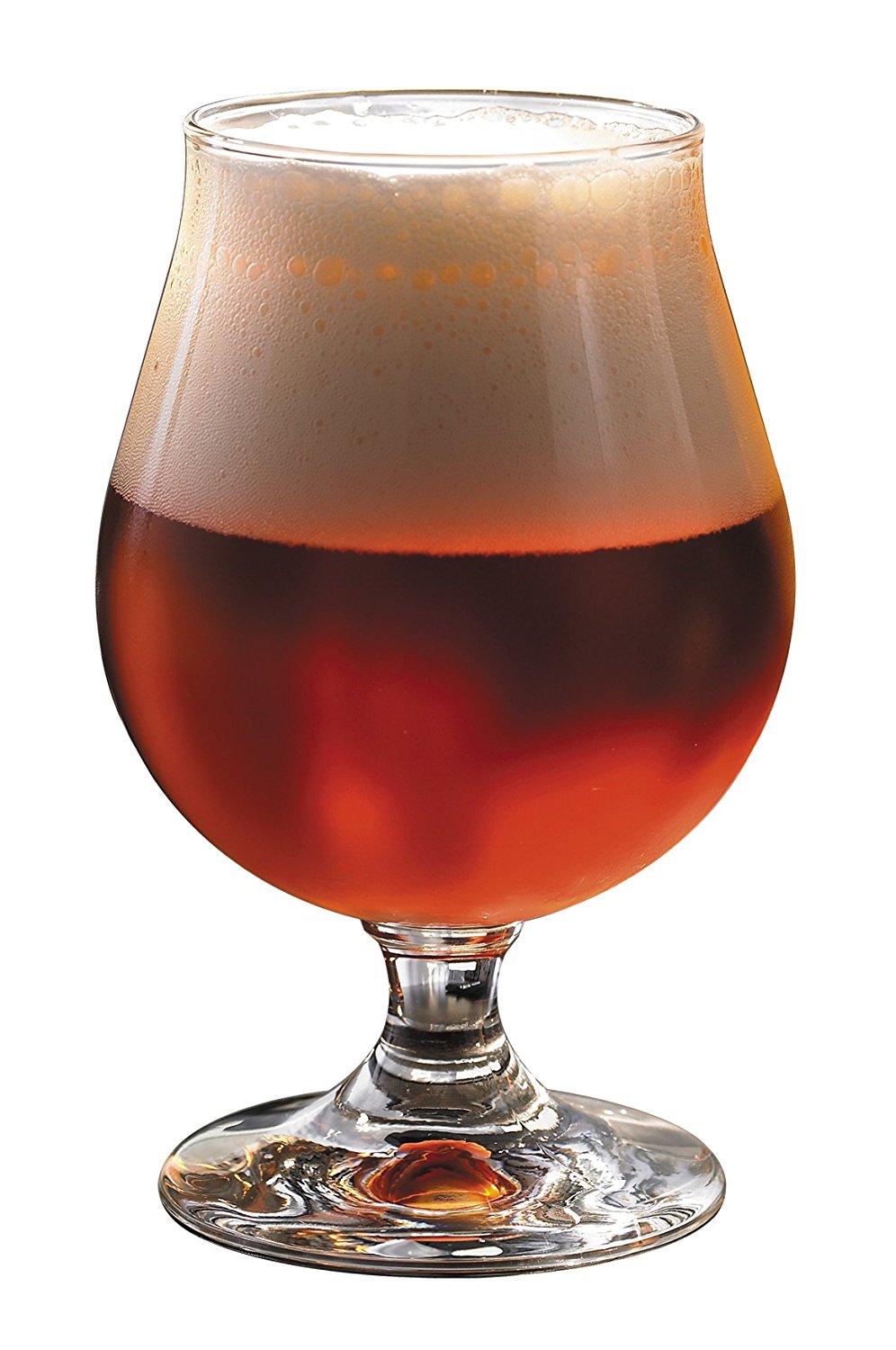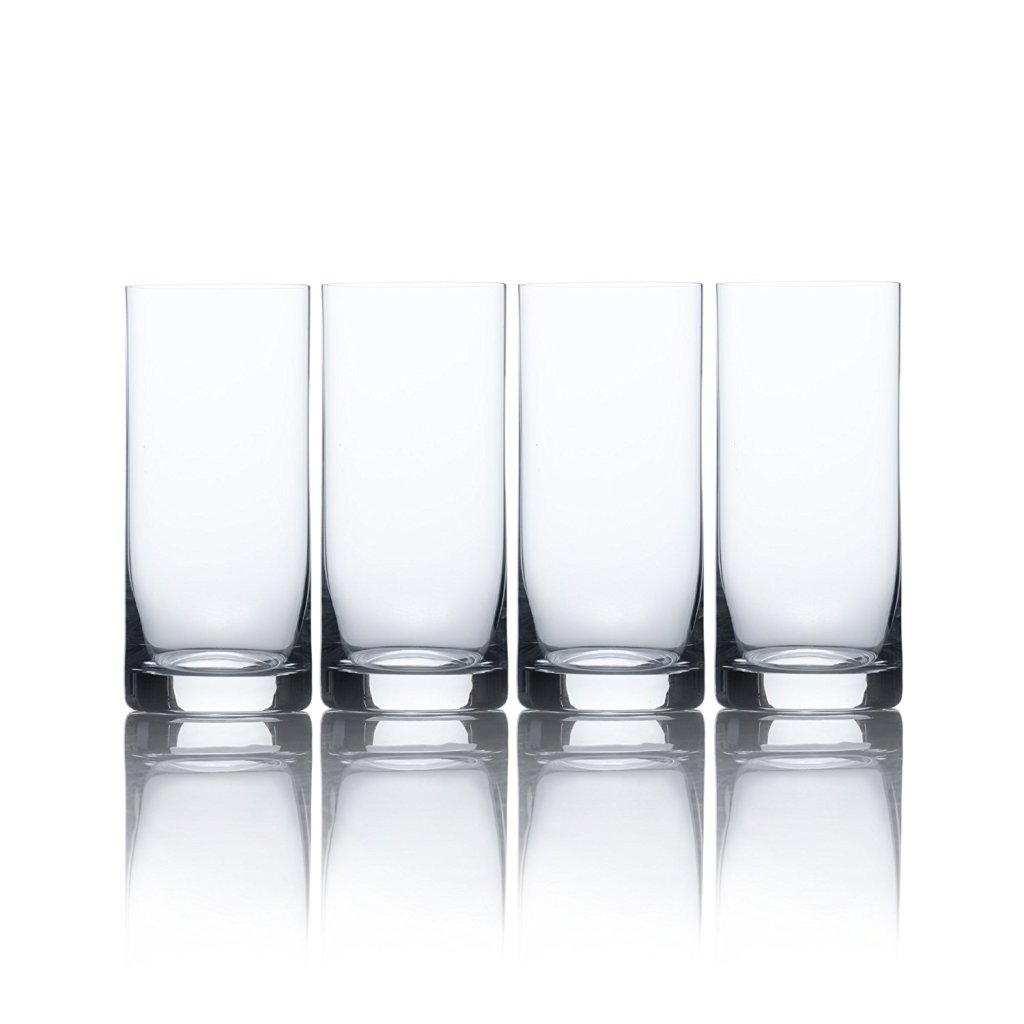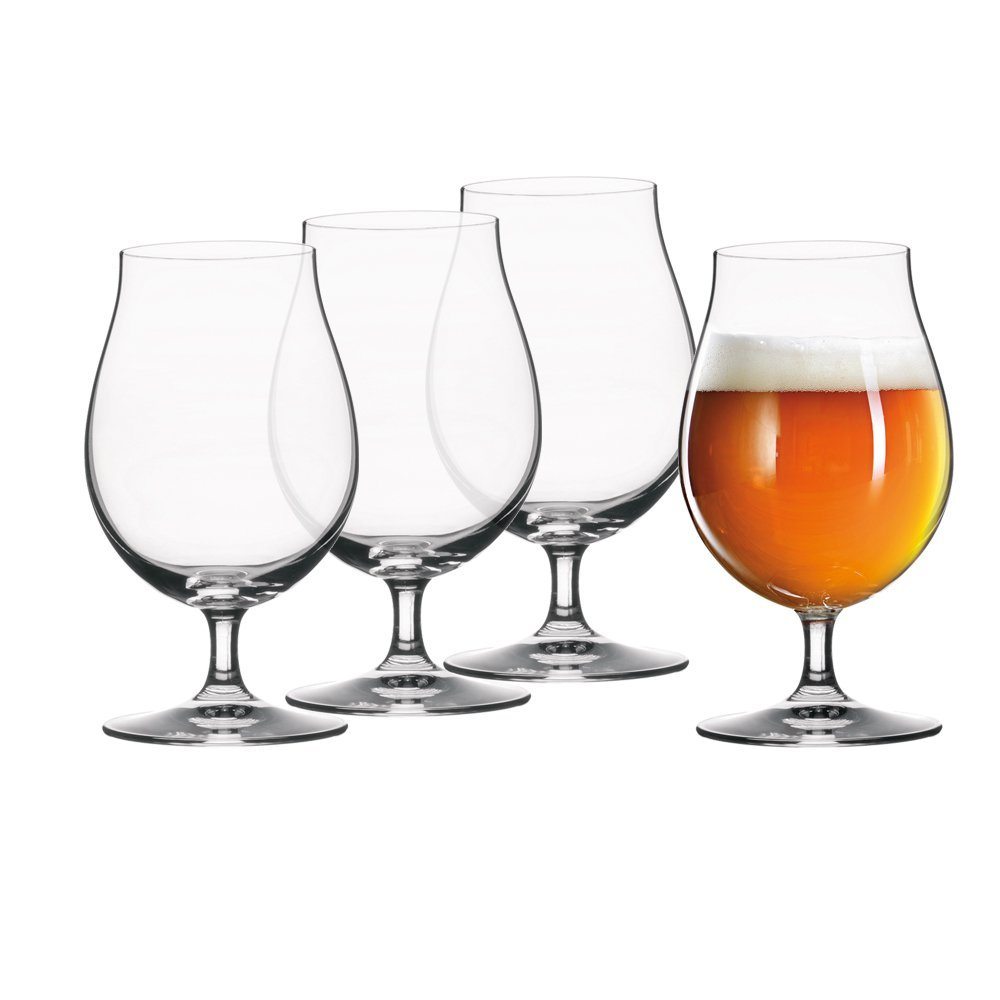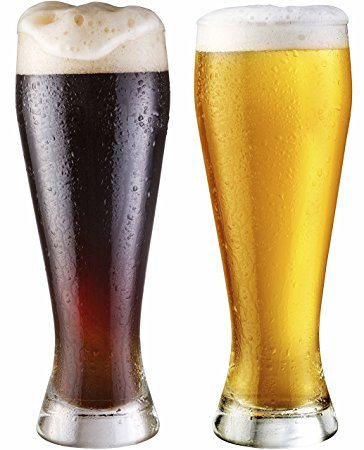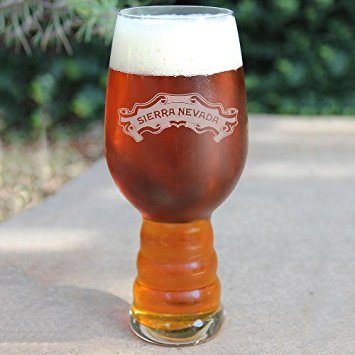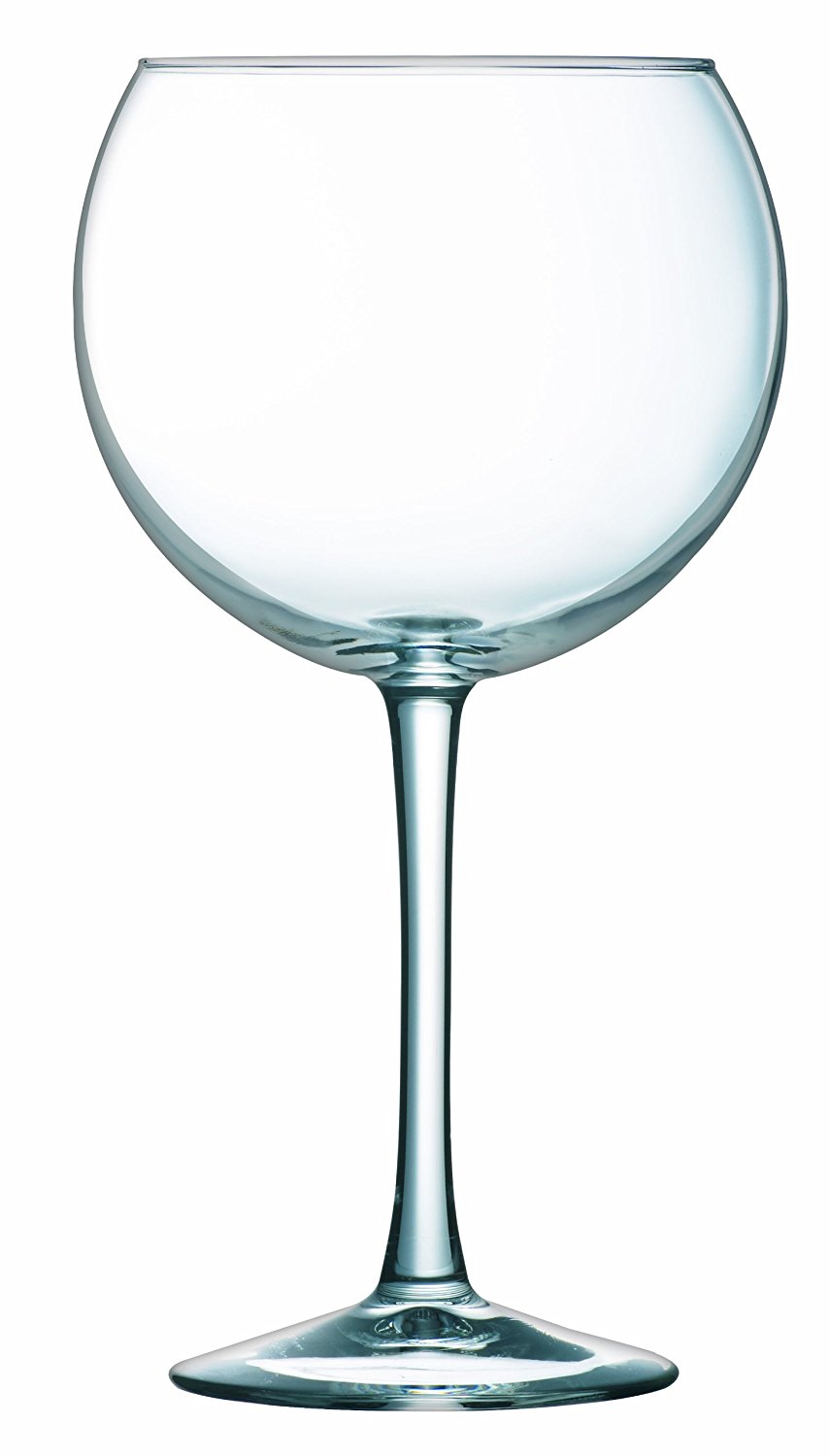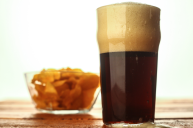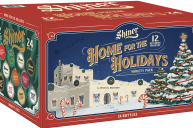We all know the pint glass. It's often the go-to glass for serving any and every style of beer. While it may be fine for some beer styles, not everything should be poured into the American pint glass. Now, you may be thinking that a glass is just a glass, but there's more to a beer glass than meets the eye. Each beer glass is distinctly designed to bring out the aroma and flavor of a particular style. A variety of beer glass styles enhances the drinking experience, allowing hidden nuances to come forward. Choose the wrong glass shape of the types of beer glasses, and you're limiting your experience.
You may have noticed after multiple beers at your local craft beer bar that different beers are served in different style glasses. Understanding which glass is appropriate for which beer, however, can get confusing. Tulips, snifters, stanges, and steins, the list keeps going.
If you're new to the world of beer glassware, don't be intimidated. We don't all have to be a beer geek aficionados who's Cicerone-certified to enjoy a great beer the right way. Here to help is a beer drinker's guide to the appropriate glassware to fully enjoy beer.
1. American Pint & Nonic
These two glasses fall into the pint category, with slight variations. The American pint - shaker glass - is a standard 16-ounce beer glass with straight sides, while the nonic has a slight ridge near the top that allows for a more substantial beer head. The nonic is also referred to as the Imperial Pint and contains 20 ounces.
While the American pint glass may be a household staple, it's not the ideal choice for beer. The shape loses aroma, warms up quickly due to glass thickness, and often doesn't do a beer justice. If you can, choose the pint glass as your last choice of the different types. It is, however, easy to store and drink from, even at home.
Beer Styles: India Pale Ales, Ales, Brown Ales, Irish Red Ales, Amber Ale, Scottish Ale, Black IPA, Cream Ale, Stouts, Porters, Marzen, Lagers, American Blonde, ESB, Altbeir
2. Goblet or Chalice
Goblets and chalices were designed specifically to maintain the beer's head. Complex beers have different styles of nuances that would be ruined if the head dissipated from inappropriate glassware. Delicate to sturdy, the thickness of glass ranges.
Goblets have a rather long stem and a thinner glass for less body heat, while the chalice has thick walls. Both, however, are designed to maintain head retention and offer a wide mouth for sipping. Ideal for complex beers, the goblet and chalice allows beer to warm nicely.
Beer Styles: Belgian IPAs, Belgian Ales, Belgian Strong Ales, Bocks, Dark Ales, Berliner Weissbier
3. Mug or Stein
A good, hardy beer stein was designed for a boisterous cheers. Coming in various shapes and sizes, mugs and steins offer a handle that's designed to keep the beer cold and the hands warm. It also holds plenty of volume, making it ideal for celebrations like Oktoberfest.
A few styles you may be familiar with are the seidel and the classic stein. The seidel is a beer mug from Germany with dimple impressions on the sides, a wide mouth, and thick glass.
The stein has a hinged lid and was traditionally made out of stone. The reasoning behind the lid is it was believed to keep the beer sanitary, as it dates back to the Black Plague.
Beer Styles: Lagers, Marzen, Dunkel, ESB, Irish Red, Amber Ale, Scottish Ale, Porters, Stouts, Brown Ales
4. Pilsner
Like a champagne flute glass, you can watch your beer sparkle in a pilsner glass. Pilsners are tall and slender, with the lip sometimes resembling the shape of a trumpet. The glass has a very slight taper that showcases carbonation beautifully.
Meant for lively carbonation, the true pilsner glass shape traps the effervesces, while allowing the beer to maintain proper head retention. Next time you order a pilsner at the bar, notice how this glass compliments the appearance and taste of your lager.
Beer Styles: Czech Pilsner, German Pilsner, Witbier, Kolsch, Bock, Helles Lager, Dunkel Lager, Schwarzbier, Other Lagers
5. Snifter
If you're a spirits drinker, you may be familiar with the snifter. It's a wide glass that allows beer to breathe, much like cognac and brandy. This is particularly favored for fruit beers, aromatic beers, and specialty beers like wild sours.
Allowing room to swirl and savor, these glasses have a wide body that let bold beers warm nicely, while capturing the aroma. By enhancing the volatiles of the beer, the snifter lets you experience the full effect of taste and aroma.
Beer Styles: Belgians, Double IPA, Quads, Barley Wine, Scotch Ale/Wee Heavy, Strong Ales, Russian Imperial Stouts, Double IPA, Wild Ales, Imperial Porter, Wild/Sour Beers
6. Stange
A stange is a traditional German glass. In German, stange means stick, which refers to its narrow body. The slender frame helps bring out the malt and hop qualities of more delicate, lighter beers.
Unlike a pint glass, the stange concentrates the volatiles, allowing those subtle nuances to go from glass to pallet. In a pinch, you can substitute a highball glass, also known as the Tom Collins glass, for a stange.
Beer Styles: Dortmunder, Dunkel, Maibock, Rye, Lambic, Gose, Gueuze, Kolsch, Altbier, Czech Pilsner
7. Tulip
You may have noticed higher gravity beers or those belonging to the sour family being served in a tulip glass. Tulips enhance the volatiles while retaining proper head retention. The stemmed glass is named after its shape, which has a protruding lip at the top.
This glass is designed to capture the aroma of more complex beers. One particular tulip style known as a thistle glass is designed for Scotch ales - it resembles the national flower of Scotland. It's taller and not as bulbous as the regular tulip glass.
Beer Styles: American IPA, Belgian Pale Ale, Tripel, Belgian Strong, Dubbel, Quadrupel, Biére de Garde, Gose, Gueuze, Flanders, Scotch Ale/Wee Heavy
8. Weizen
All in the name, a weizen glass is designed specifically for just that: wheat ales. It traps the fluffy head, allowing you to experience the full banana-like aroma and taste.
The long, slender body present a gorgeous volume showcasing the unique qualities of the weizen family. Since wheat beers and wheat wines are unfiltered, the glass is designed to trap the yeast at the bottom, giving you a clean mouthful.
Beer Styles: Hefeweizen, Kristal Weizen, Dunkelweizen, Weizenbock
9. IPA Glass
This glass is the brainchild of Ken Grossman, Sam Calagione, and glassware company Spiegelau. If you've had the luxury of visiting Sierra Nevada or Dogfish Head, you may have noticed this particular beer glass. In an attempt to create the perfect glass for hop-forward IPAs, this glass was born.
The IPA glass enhances the taste and mouthful of an IPA, while maintaining a frothy head. Boosting aroma and flavor, this glass is meant for hoppy beer. Compare this glass to your average shaker pint, and see for yourself.
Beer Styles: IPAs, Imperial IPAs, Pale Ales
10. Oversized Wine Glass
I know it may sound shocking, but an oversized wine glass is a perfect vessel for complex beers like Belgians. It acts similar to a goblet as the shape and size allows for head space. The large bowl shape contributes to the aroma, allowing your complex beers to shine.
Beers Styles: Belgians, Double IPA, Imperial Stout, Strong Ales, Black IPA
One last piece of advice, for the sake of those brewers who worked so hard to make your beer, never drink out of a frosty mug!
The ice cold mug develops ice crystals, which cause foaming problems when serving. The condensation of the frost destroys the volatiles of the beer, while the almost-frozen temperature masks the taste of the beer. Unless you don't like the beer you're drinking, don't use a frozen mug.
This post was originally published on March 2, 2018.
